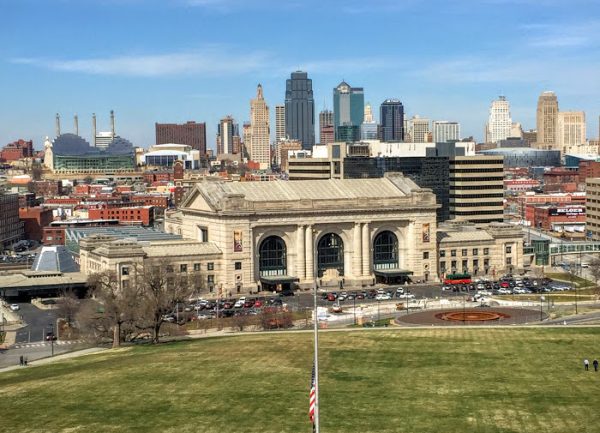The cost of global climate change: dollars and natural disasters
$1.2 trillion this year. $369 trillion by the end of the next century.
The price-tag on climate change is enormous.
This May, atmospheric carbon dioxide concentration reached a global record of 400 parts per million, the highest it has ever been in history. This summer, Arctic sea ice reached a new record minimum. Yet our modern lifestyles remained largely unchanged.
You would wonder what the environment has to do with economics, yet they are interconnected more deeply than most would expect.
“As fossil-fuel-based energy sources get more depleted and less cost-effective to extract, renewable energy sources will become substantially more profitable than fossil fuels, being both economically and environmentally sustainable,” said junior and Sustainability Coalition founder Eva Cosgrove.
The reason gasoline is used now instead of other, more sustainable sources is because it is far cheaper to research and gain than other sources of energy. The same goes for coal.
Research by Stanford University estimates there is 41 years remaining of the world’s total oil supply, although this number fluctuates due to new technologies in methods of obtaining oil.
Yet by having this mindset, companies make money on the short run, while the total environmental debt ramps up long-term.
“Environmental policies need to be changed,” said Early College junior and economics student Yishak Bililign. “Climate change is a bigger problem than most actually realize, and it is even affecting us now.”
According to an article in The Guardian, climate change already contributes to 400,000 deaths worldwide, yearly. Natural disasters occur in unprecedented areas because of environmental changes.
It also disrupts the farming productivity of many countries that rely on stable temperatures, contributing to food shortages. Billions of dollars are spent because of weather disasters related to climate change.
“We as a human race need to alter our behaviors,” said senior and economics major Lucas Prillaman. “We view leaving lights on in unoccupied rooms, leaving TVs on, wasting electricity as a cultural norm, when in fact it is an issue. We take things for granted and sooner or later we will no longer have those things.”
One example is in a study published in Nature Climate Change, in which scientists found that permafrost contains 1,770 gigatonnes, or 1,770 billion kilograms, of frozen carbon. Since the permafrost is melting, this could be fatal to people.
The most dangerous substance being released is not even carbon, but methane. Methane has been trapped in permafrost and is a higher potential greenhouse gas than carbon dioxide. Its ecological impacts would devastate the world economy.
In March, President Obama signed an executive order which required the government to cut greenhouse gas emissions by 40 percent by the year 2025. This first, small step towards environmental stability would “save taxpayers $18 billion in energy costs,” according to a White House fact sheet.
“Climate change is a long-term issue,” said senior Ben Evans, a member of the Friends Committee of National Legislation. “We should definitely be thinking decades down the road.
“We don’t have a whole lot of time to a sustainable energy source until we’re starting to see massive impacts based on the last 30 years of (our) carbon emissions.”





